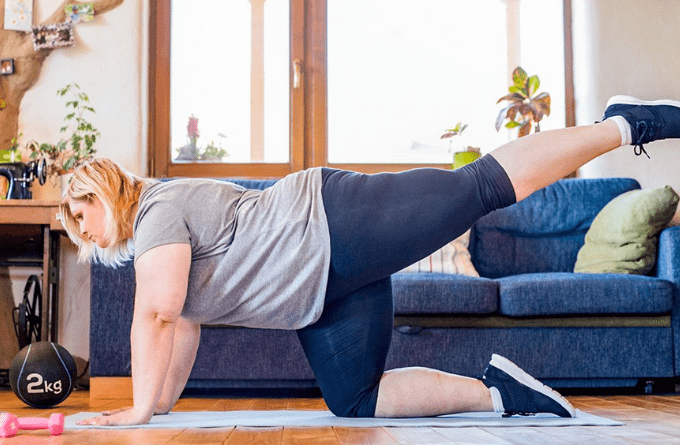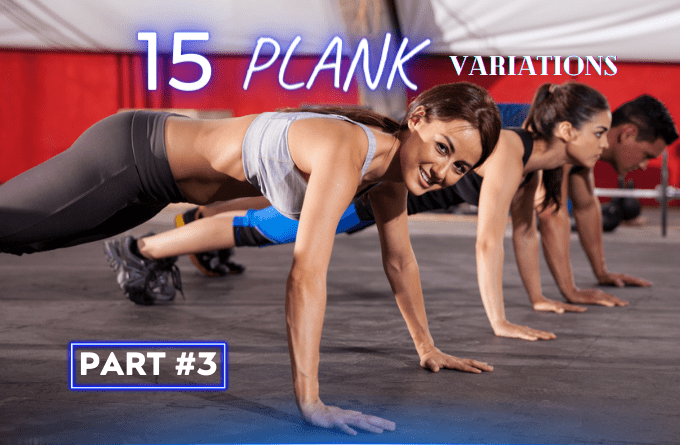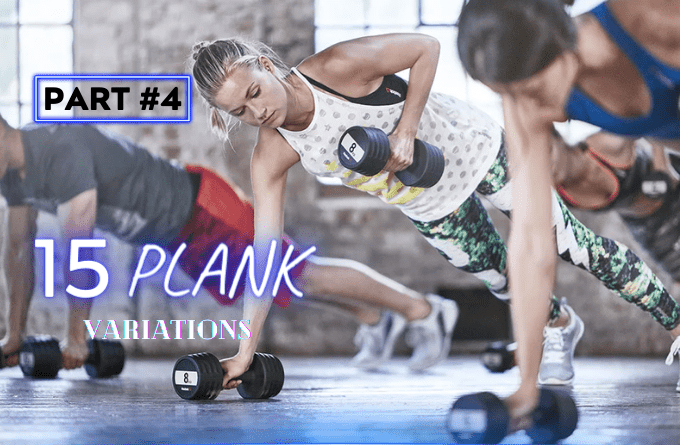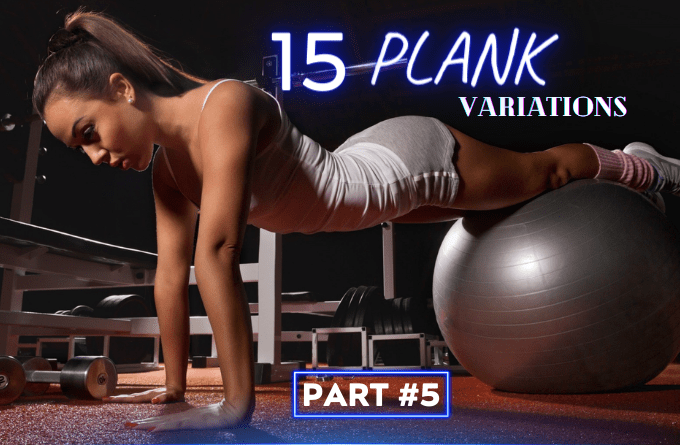
Introduction: Why Home Workouts?
Working out at home has gained immense popularity, particularly for those who aim to burn fat efficiently without the hassle of going to a gym. The convenience of home workouts cannot be overstated. No more commuting, dealing with crowded gyms, or adhering to restrictive schedules. Exercising at home allows individuals to integrate their fitness routines seamlessly into their daily lives. Whether early in the morning, during a work break, or late at night, home workouts offer the flexibility needed for busy lifestyles.
Privacy is another significant benefit. For many, exercising in the comfort of their home mitigates the self-consciousness or intimidation that can accompany public workout spaces. This private environment encourages consistency, which is crucial for fat-burning and overall fitness. Additionally, working out at home is cost-effective. There are no gym memberships or equipment purchases needed, making physical fitness accessible to everyone, regardless of their financial situation.
Employing fat-burning exercises within the home setting is highly effective. A variety of simple exercises can elevate the heart rate, engage multiple muscle groups, and boost metabolism. These exercises do not require any special equipment, further lowering the barrier to entry. Moreover, the ability to personalize workouts can lead to more enjoyable and sustainable fitness habits.
In this blog post, we will explore seven specific exercises designed to burn fat efficiently at home. These exercises are structured to maximize caloric expenditure and enhance overall physical conditioning. Whether you are a beginner or an advanced fitness enthusiast, these exercises can be tailored to suit your individual needs and goals. Stay tuned to discover how you can incorporate these fat-burning exercises into your daily routine with ease and effectiveness.
Exercise 1: Jumping Jacks
Jumping jacks are a highly effective exercise to burn fat, easily performed at home without requiring any equipment. To execute a jumping jack correctly, begin by standing upright with your feet together and arms at your sides. This is your starting position. From here, simultaneously jump both feet out to the side while raising your arms overhead, ensuring your body forms an “X” shape. Return to the starting position by reversing the movement, bringing your feet back together and lowering your arms to your sides. Repeat these motions in a smooth, continuous rhythm.
Jumping jacks offer a wealth of benefits, making them a staple in fat-burning routines. As a cardiovascular exercise, they significantly increase your heart rate, which helps to enhance cardiovascular endurance and overall aerobic fitness. This elevated heart rate contributes to a greater caloric burn, making jumping jacks an efficient way to shed excess fat. Additionally, the dynamic movement engages multiple muscle groups, including the legs, core, and arms, promoting muscle tone and coordination.
For those at different fitness levels, variations of the standard jumping jack can be incorporated. Beginners can start with a lower-intensity version, performing side-step jacks where they step one foot out at a time instead of jumping and raise alternating arms. This reduces impact while still improving cardiovascular health. Intermediate exercisers can try the star jump, which involves jumping higher and spreading the limbs farther apart to increase difficulty. Advanced individuals might incorporate plyometric jacks, adding movements like squat jumps in between standard jumping jacks, to further amplify the intensity and fat-burning potential.
By integrating jumping jacks into your exercise regimen, you can enjoy a versatile, high-impact workout that effectively burns fat and boosts cardiovascular health, adaptable to various fitness levels with simple adjustments.
Exercise 2: High Knees
High knees are a highly effective exercise to burn fat that can be easily performed at home without the need for any equipment. This exercise primarily targets cardiovascular fitness while also strengthening your leg muscles and enhancing your overall calorie burn. When executed properly, high knees can significantly boost your heart rate, making it an excellent addition to any fat-burning workout routine.
To perform high knees effectively, start by standing with your feet hip-width apart. Keep your arms at your sides, with elbows bent at a 90-degree angle. Begin the movement by lifting your right knee as high as possible toward your chest while simultaneously raising your left arm. Quickly switch sides, lifting your left knee and bringing your right arm up. This motion should be performed rapidly, mimicking a running-in-place movement with exaggerated knee lifts. It’s crucial to maintain proper form to maximize benefits and mitigate the risk of injury.
Pay attention to your posture: keep your back straight, core engaged, and gaze forward. Aim to perform high knees at a steady, controlled pace initially, focusing on raising your knees to at least hip level. As you become more comfortable with the movement, you can increase the intensity by quickening your pace and lifting your knees higher.
For beginners, modifications can be made to simplify the exercise. Start by performing high knees at a slower pace or with a lower knee lift, gradually increasing the intensity as your fitness level improves. More advanced practitioners can ramp up the challenge by incorporating arm movements or using a timer to perform high knees in interval bursts, such as 30 seconds on and 30 seconds off, to maximize cardiovascular engagement and fat burning.
High knees are an adaptable exercise suitable for various fitness levels. Whether you are just beginning your fitness journey or seeking to intensify your workouts, integrating high knees can greatly assist in achieving your fat loss goals efficiently.
Exercise 3: Mountain Climbers
Mountain climbers are a highly effective and dynamic exercise designed to burn fat, enhance cardiovascular fitness, and engage multiple muscle groups simultaneously. To correctly execute mountain climbers, follow these steps:
Begin in a plank position with your hands directly under your shoulders and your body forming a straight line from head to heels. Engage your core to maintain proper alignment. Quickly drive your right knee towards your chest, ensuring your hips remain level. As you return your right leg to the starting position, swiftly bring your left knee toward your chest in a similar manner. Continue alternating legs in a brisk, continuous motion, mimicking the action of climbing.
This full-body exercise primarily targets your core, shoulders, and legs, making it an excellent choice for a comprehensive workout. The rapid movement not only spikes your heart rate but also maximizes calorie burn, contributing significantly to fat loss. Mountain climbers enhance muscular endurance and coordination as they require both strength and agility.
For individuals at different fitness levels, there are several variations of mountain climbers to suit their needs. Beginners can perform the exercise at a slower pace, focusing on maintaining proper form and alignment. Intermediate exercisers may increase the tempo, and advanced individuals might incorporate cross-body movements or add a twist by bringing the opposite knee to the opposite elbow.
To prevent compromising form while increasing speed, focus on a few key tips. Always engage the core to stabilize your torso, and ensure your hands and shoulders remain aligned without sagging or elevating the hips. Move fluidly, allowing the legs to drive the movement while keeping a consistent rhythm. As you grow more comfortable with the exercise, gradually increase the intensity to enhance the fat-burning potential.
Exercise 4: Burpees
Burpees are a highly effective exercise to burn fat, providing a comprehensive full-body workout that boosts cardiovascular endurance and muscle strength. To perform a burpee, begin in a standing position. Lower your body into a squat, placing your hands on the floor in front of you. Next, kick your feet back to land in a plank position. Ensure your body forms a straight line from head to heels, engaging your core to maintain stability. From the plank, quickly bring your feet back towards your hands, returning to the squat position, and then explode upwards, jumping with your arms extended overhead.
Burpees engage multiple muscle groups, including your arms, chest, quads, glutes, hamstrings, and core. This multi-joint movement not only helps build muscle but is also incredibly efficient at torching calories and elevating your heart rate, key factors in fat loss. Performing burpees at a high intensity can significantly increase your metabolic rate, leading to increased calorie burn during and after your workout.
For beginners, modifications can make burpees more manageable. Instead of jumping your feet back to plank position, step them back one at a time. Similarly, when returning to the squat, step forward instead of jumping. You can also skip the jump at the end initially and simply stand up. As you build strength and endurance, gradually incorporate the jumping elements.
Advanced users looking to intensify the workout can add variations such as performing a push-up while in the plank position or incorporating a tuck jump at the end of the movement. These modifications add both resistance and cardiovascular challenge, further enhancing the effectiveness of the exercise in burning fat and building muscle simultaneously.
Regardless of your fitness level, integrating burpees into your routine is a powerful way to accelerate fat loss, improve cardiovascular health, and enhance overall body strength and endurance.
Exercise 5: Plank Jacks
Plank jacks are an effective way to burn fat while engaging multiple muscle groups. This exercise combines the stability of a plank with the dynamic movement of jumping jacks, creating a comprehensive workout for your core, shoulders, and cardiovascular system. To perform plank jacks correctly, start in a traditional plank position with your hands directly under your shoulders and your body in a straight line from head to heels. Ensure your core is engaged and your hips are neither sagging nor piking upwards.
From the plank position, jump your feet out to the sides, slightly wider than hip-width apart, then quickly jump them back together. This movement should be fluid and continuous, maintaining a stable upper body throughout. Aim for a controlled pace to maximize the benefits, ensuring you are not sacrificing form for speed. Performing plank jacks for 30 to 60 seconds can elevate your heart rate and engage your stabilizing muscles, providing a balance of endurance and strength training.
Focusing on form is crucial to reaping the full benefits and avoiding injury. Common mistakes include letting the hips drop or rise, which can strain the lower back. Keep a solid plank position by squeezing your glutes and maintaining a neutral spine. For beginners, stepping one foot out at a time instead of jumping is a good modification, allowing you to build strength and coordination. Conversely, to increase the intensity, you can increase the speed of the jacks or add a resistance band around your ankles.
Plank jacks are adaptable to various fitness levels, making them a versatile addition to any workout routine aimed at burning fat. By focusing on both stability and movement, this exercise not only improves muscular endurance but also provides cardiovascular benefits, contributing to a more effective fat-burning session.
Exercise 6: Squat Jumps
Squat jumps are an effective exercise to burn fat and build lower body strength, particularly in the quadriceps, hamstrings, and glutes. To perform squat jumps, begin by standing with your feet shoulder-width apart. Engage your core and place your hands on your hips or extend them out in front of you for balance. Initiate the movement by pushing your hips back and lowering your body into a squat position until your thighs are parallel to the ground. Make sure your knees do not extend past your toes to reduce the risk of injury.
Once you reach the squat depth, transition into the jump by explosively pushing through your heels and extending your legs to launch your body upward. As you jump, swing your arms overhead to generate momentum. Aim to jump as high as you can, focusing on maintaining a straight posture throughout the leap. Ensure a soft landing by bending your knees as your feet touch the ground, and immediately lower back into the squat position to repeat the movement. Consistent practice of proper landing technique can effectively minimize strain on your joints.
Squat jumps offer multiple benefits, making them an essential component of a home workout routine targeting fat burning. This plyometric exercise enhances explosive power, agility, and cardiovascular endurance. A high repetition count can significantly elevate heart rate and result in substantial calorie expenditure, aiding in fat loss.
To maintain good form and avoid injuries, it’s crucial to keep your core engaged throughout the exercise and avoid locking your knees upon landing. For beginners, start with controlled movements and focus on achieving proper squat form before adding the jump component. More advanced variations include adding weights or incorporating a tuck jump where knees are brought towards the chest during the ascent.
Incorporating squat jumps into your routine can effectively contribute to your calorie-burning goals and enhance lower body strength, making it a valuable addition to any fat-loss exercise regimen.
Exercise 7: Bicycle Crunches
Bicycle crunches are a highly effective exercise for targeting the abdominal muscles and obliques, making them an excellent choice for those looking to burn fat and build core strength. To perform bicycle crunches correctly, lie flat on your back with your hands placed behind your head and your knees bent at a 90-degree angle. Lift your shoulders off the ground, ensuring that your lower back remains pressed against the floor.
Begin the exercise by bringing your right elbow towards your left knee while simultaneously straightening your right leg. Rotate your torso to engage your oblique muscles. Next, switch sides by bringing your left elbow towards your right knee while straightening your left leg. Continue alternating sides in a bicycle-pedaling motion, maintaining a steady and controlled pace.
Form is critical when performing bicycle crunches to avoid unnecessary strain on your neck and lower back. Keep your movements slow and deliberate, focusing on the contraction of the abdominal muscles. It’s important to avoid pulling on your neck with your hands, as this can lead to discomfort and injury.
The primary benefits of bicycle crunches include improved core stability, enhanced muscle definition in the abs and obliques, and elevated heart rate, which contributes to overall fat burning. The rotational movement engages multiple muscle groups simultaneously, making it a time-efficient exercise.
For beginners, start with a manageable number of repetitions, such as 10-15 per side, and gradually increase the count as your strength and endurance improve. To make the exercise more challenging, consider adding advanced variations such as holding a small weight or fitness ball between your hands or performing the bicycle crunches more slowly to increase time under tension.
Incorporating bicycle crunches into your routine can significantly assist in reaching your fitness goals, especially when looking to burn fat and strengthen the core without the need for any equipment.








